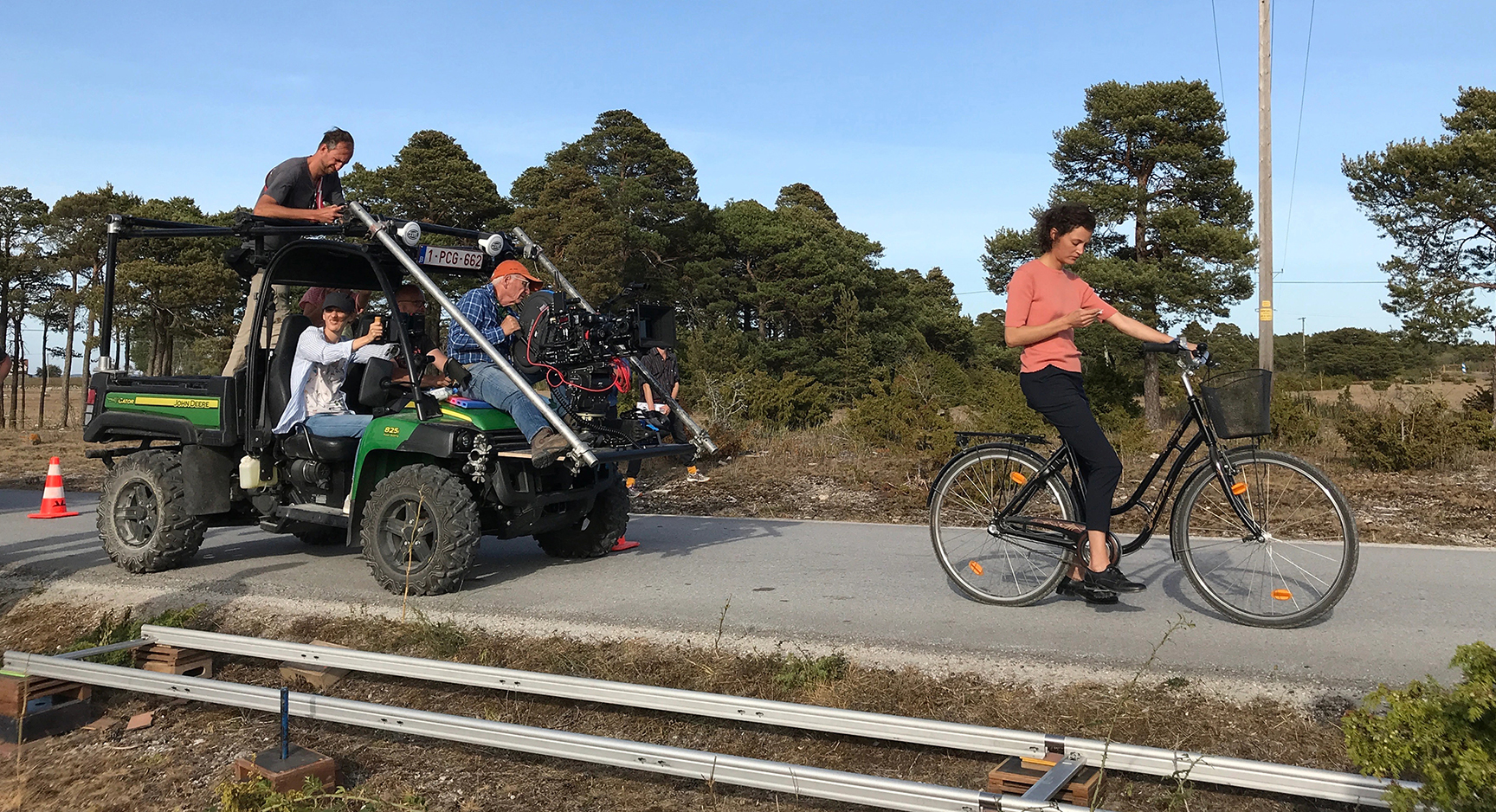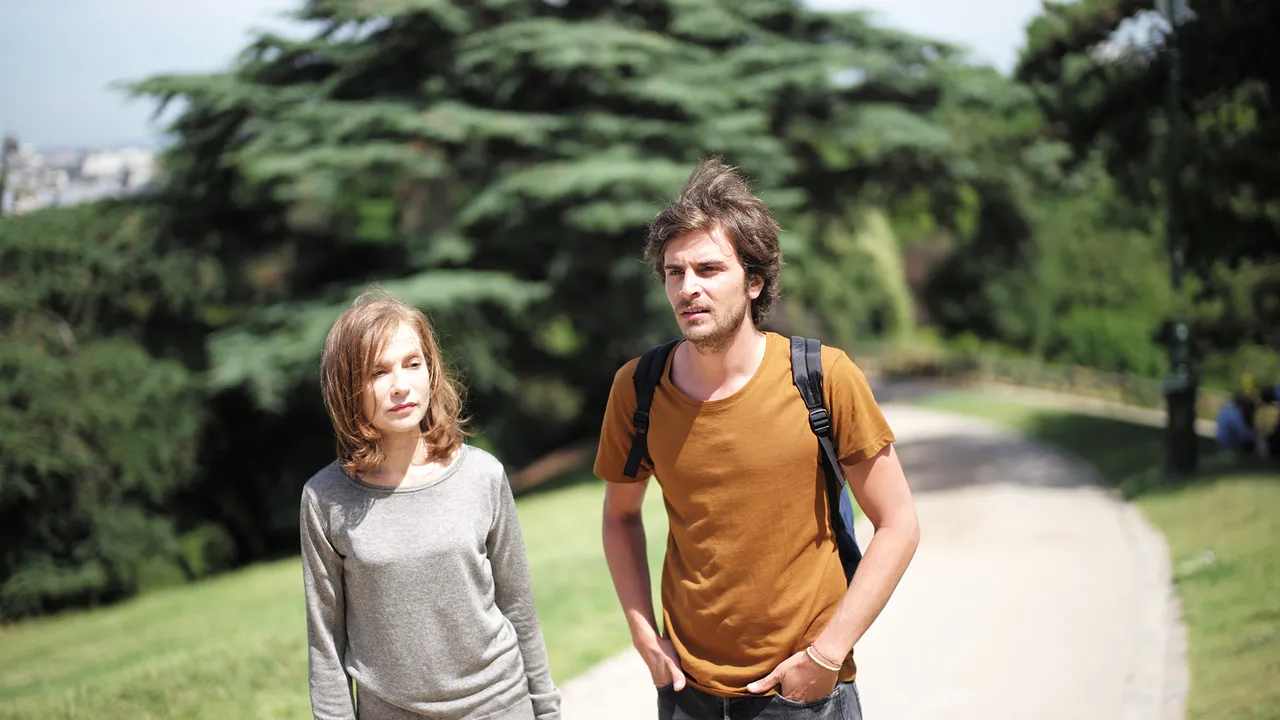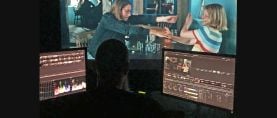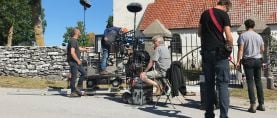
In Praise of Sprezzatura
“In 1478 an artist had already discovered that to reach the next level of truth, perfection needed to be rejected.”

Ten, 20 years ago, young white males conscious of their look often chose to use gel in their hair, so it looks wet as if just out of the shower. It was sometimes paired with a very short beard, not even a beard, more like “I haven’t shaved in three days,” untied sneakers and their shirts kept untucked. They were pretending they were just out of bed with no time to shave, tie their sneakers or dry their hair. It quickly became some kind of uniform which, once it could be seen everywhere, disqualified it from true sprezzatura! That is how I encountered this concept, connected to men’s fashion and style. The Italian word first appeared in Baldassare Castiglione’s 1528 work The Book of the Courtier, where it is defined as “a certain nonchalance, so as to conceal all art and make whatever one does or says appear to be without effort and almost without any thought about it.”
In the world of cinematography, handheld camera, film grain and flare have been the hair gel we used to give our images a more natural look, trying to hide the well-written and well-rehearsed scenes behind a documentary or even newsreel feel, which was ultimately successful enough to become a cliché. But the search for a supplement of nature doesn’t need to go big — we know that if it succeeds, it will too soon become a trope — there are more subtle paths to explore.

In the fall of 2005, I was filming in Vancouver a scene for 88 Minutes in which Al Pacino was walking across the frame and beyond, from left to right. I had positioned the actor roughly on the imaginary left “third line” and I started to pan with him as he walked, keeping him in the same position inside the frame. Jon Avnet, the director, asked me, against all “rules,” to let Pacino cross the frame and to wait until his body was almost going to get out of the frame on the right to start panning. I guess I looked puzzled by his request, so Jon explained to me that by panning at the beginning of his walk I was telling the audience I already knew where the character was going, and that, on the contrary, by waiting until it was almost too late I was putting the spectator in a place where the character’s moves were unpredictable and therefore more “real.”

Almost 10 years later, filming a scene from L’Avenir with director Mia Hansen-Løve in the Parc des Buttes-Chaumont in Paris, Éric, the dolly grip, and I had to let actors Isabelle Hupert and Roman Kolinka walk toward us from far away and then at some point to start tracking back, keeping them in a tight two-shot. First take, all went well, but to my surprise Mia told us we had started to dolly back too soon. Éric and I shared a surprised look and silently decided to try to hold the track a little longer. Second take, Éric started moving the dolly a bit later but Mia told us again it was still too soon. Suddenly I realized she was looking for the same thing Jon wanted with the pan: we had to pretend we didn’t know where the actors were going, moving the camera when it was almost too late. Lesson learned, I adopted these stylistic devices, making them mine and sharing them with other directors.
Reading Gérard Genette’s Epilogue, I find his comments on a text from composer Pierre Boulez’s Le Pays fertile about Paul Klee. According to Genette:
There is no better description of the relationship between discipline and “anarchy” in art than what is done here, no better praise of the artistic virtue of a kind of “awkwardness,” nor better illustration of the principle I draw, as frequently as fraudulently, from my interpretation of Kant: ’Perfection is not an aesthetic category.’
Here is the Boulez quote:
“In Klee’s work—and unlike Kandinski’s ‘abstract geometric shapes drawn with a ruler and a pair of compasses’— his lines are not perfect lines, but approximations of lines; the hand does not have to compete with a ruler, it produces its own deviation, its own distortion; his circles are not the perfect circle, but a circle, a circle drawn by hand, for which he refused the compasses, a circle amongst hundreds of circles, one endowed with the wonderful autonomy of its own deviance. At the same time, one can observe geometry and the deviation from geometry, principles and the transgression of principles. I do believe this to be the most important of Klee’s lessons, which is all the more remarkable if one is reminded of the stern, severe geometric teaching of the Bauhaus. Klee preserves a space for defiance. If principles are created so that one will become able to establish a new universe of sounds, it is at the same time necessary to discover its transgression, and to deliberately make use of this transgression to destroy the stiffness in the system and thus to create this kind of imperfection, of awkwardness, that is needed to produce life. Discipline and rigor must be implemented in the foundations, and anarchy must constantly battle against discipline.”
Summer 2018, Farö, filming Bergman Island with Mia Hansen-Løve. Wide shot in the beautiful Swedish landscape, Mia Wasikowska will ride her bicycle right to left. I quickly compose the image, almost without thinking, unconsciously using the framing “rules” I have learned throughout my life from framing feature films, spending hours in the museums of the world, collecting art books, taking photographs. On my request Mia checks the frame and asks me to pan a bit so it doesn’t look “like a postcard.” She is right. My frame was too well-balanced, too perfect. Frozen, dead.
Huge Leonardo exhibition at the Musée du Louvre, Fall 2019. In the booklet now replacing museum labels:
“The form being only an illusion that the world, in its perpetual mobility, never ceases to tear away from itself, the painter can only grasp the truth of it by a freedom of the mind and of the hand able to deny the perfection of the form. (…) Leonardo calls this manner, born of the imperative need to translate the movement, ‘componimento inculto.’”
In 1478 an artist had already discovered that to reach the next level of truth, perfection needed to be rejected.
The puzzle is almost finished, all the pieces fit well, composing this pêle mêle, the lesson of which is that the brush needs to be a little thick, the hand a little loose; one must avoid the visual tropes, not only the strongly backlit nights or the orange and teal look — I always hated them anyway — but also the less obvious ones, rules of third for instance, those we use every day without even thinking, those which give our images this coffee-table-book quality: pretty, shiny and vain. We must look instead for the rehearsed spontaneity, the studied carelessness and the well-practiced naturalness that underlies great art in all disciplines,sprezzatura. And it must not show!






